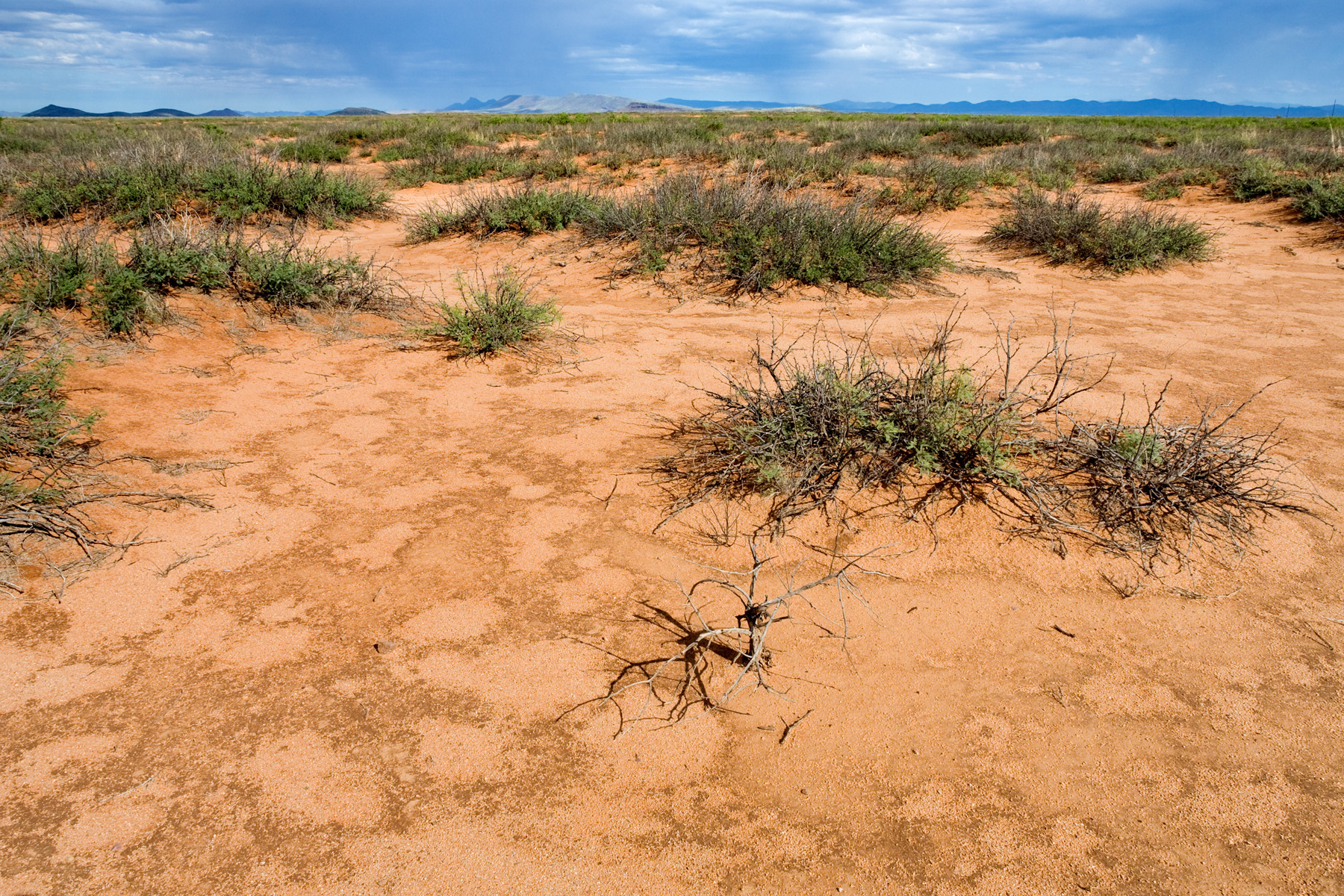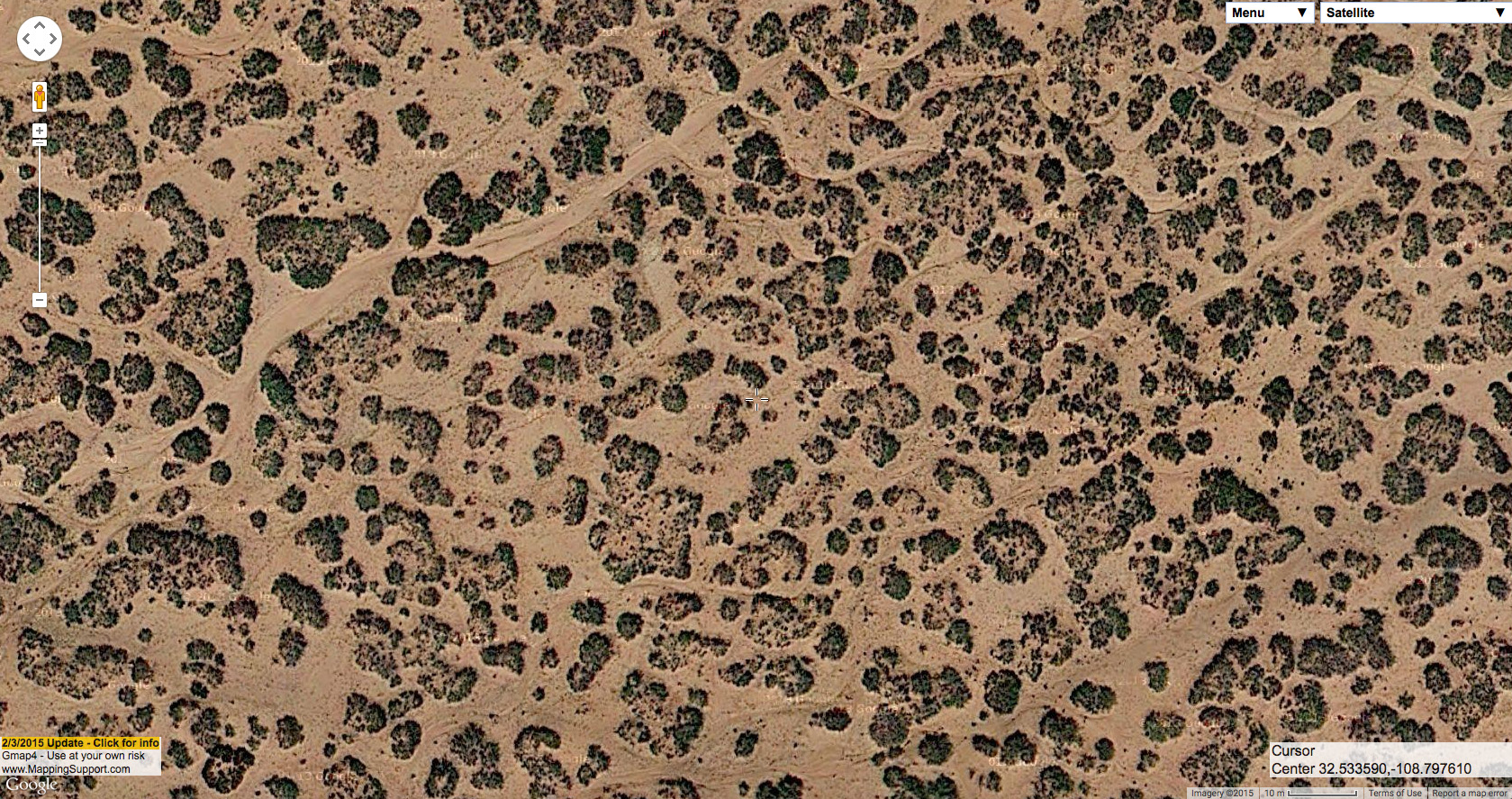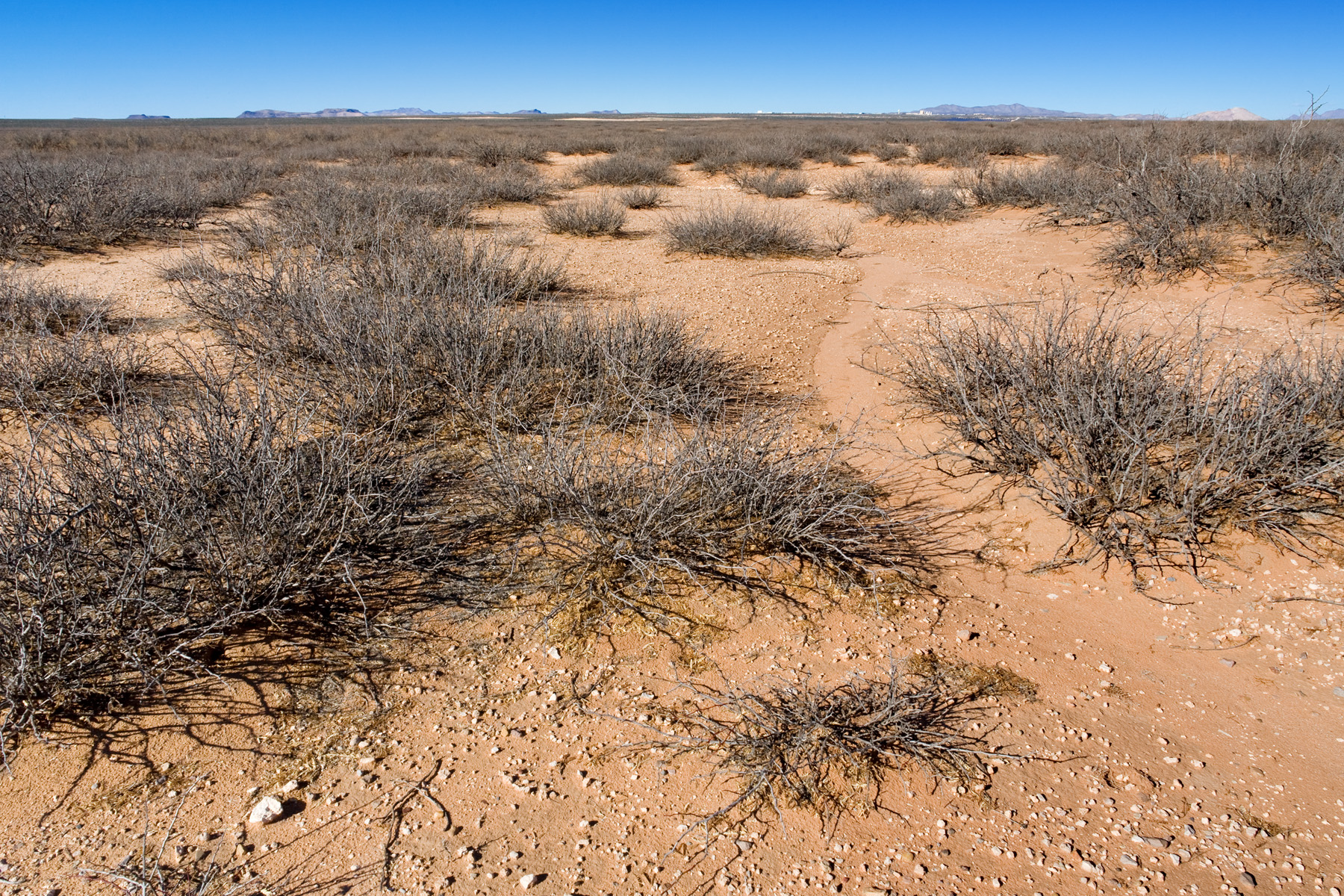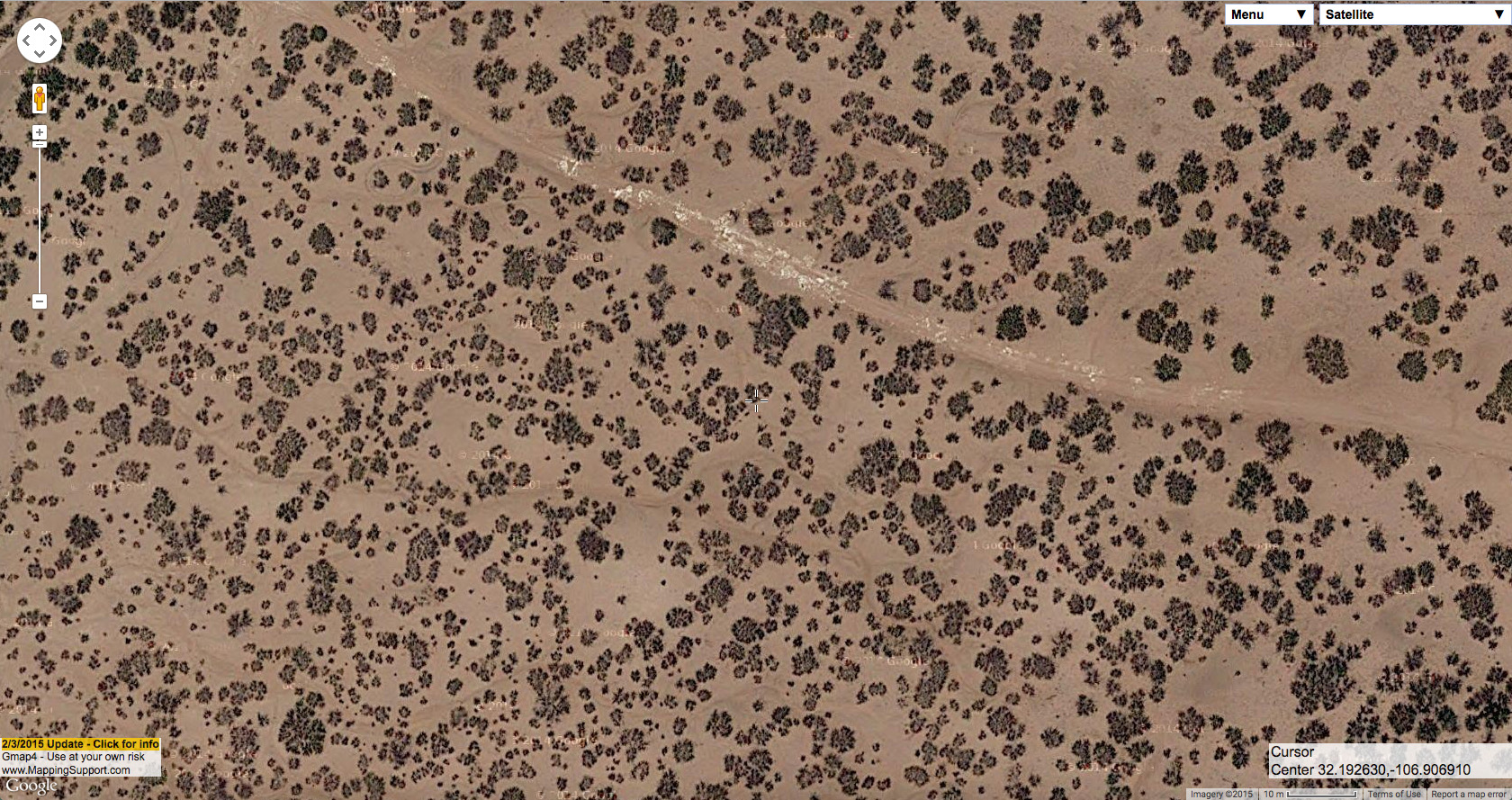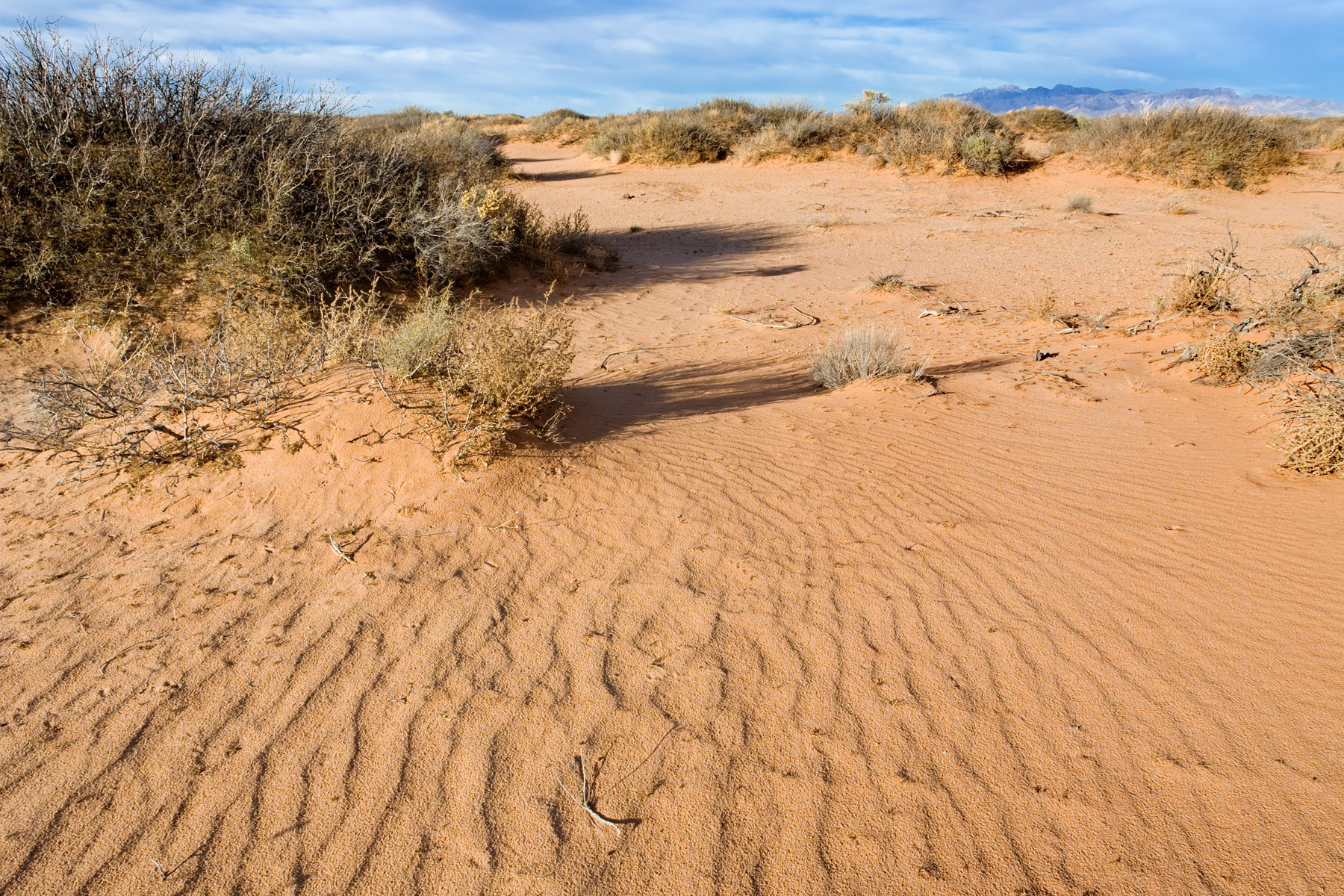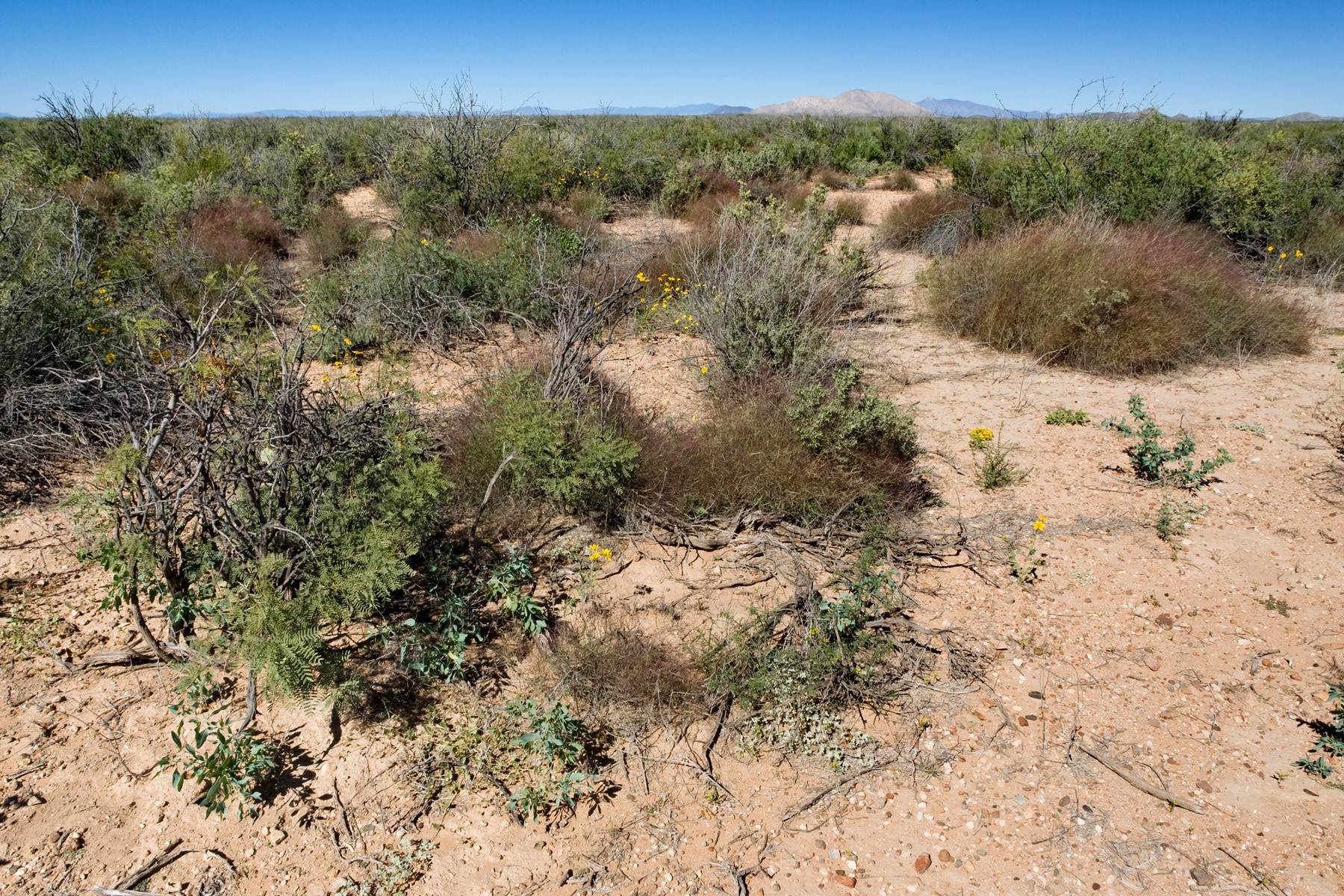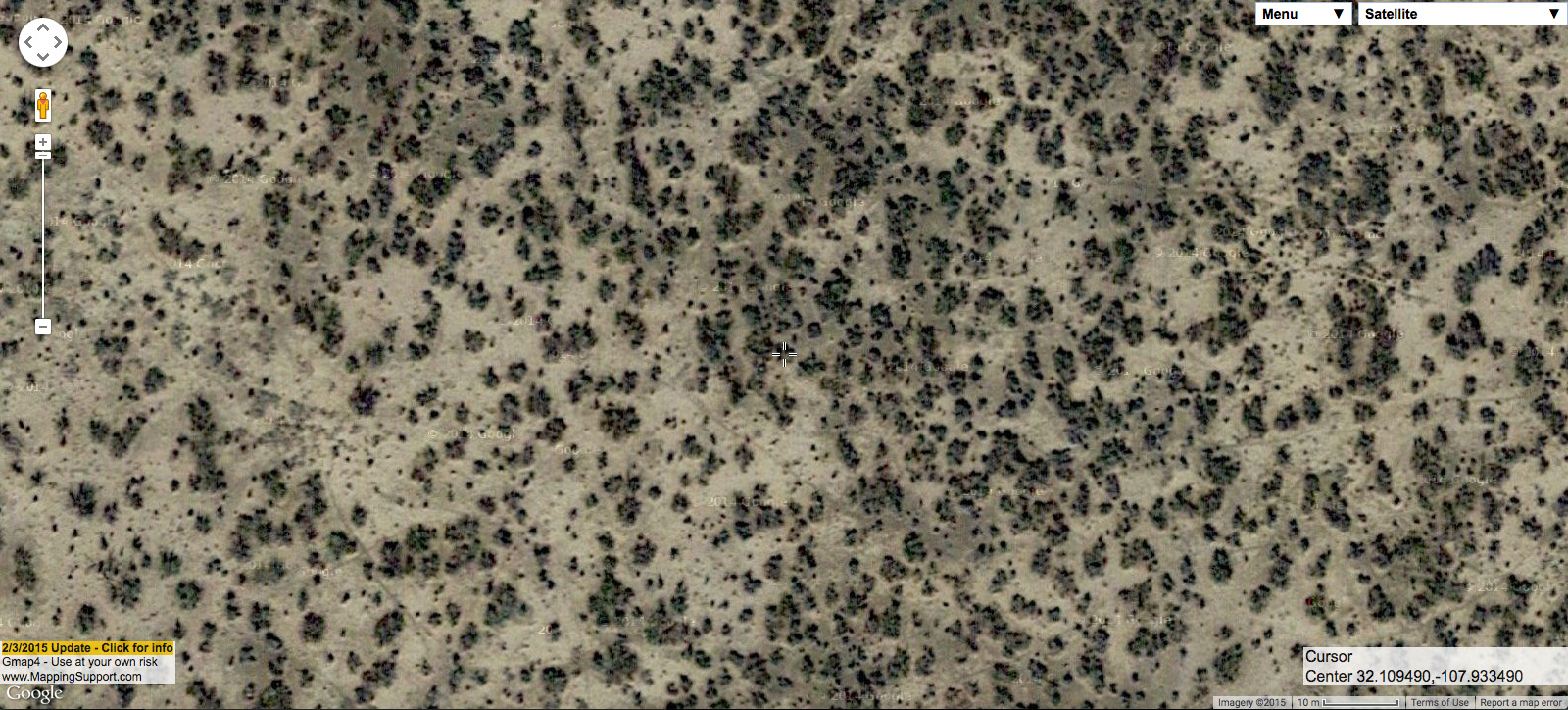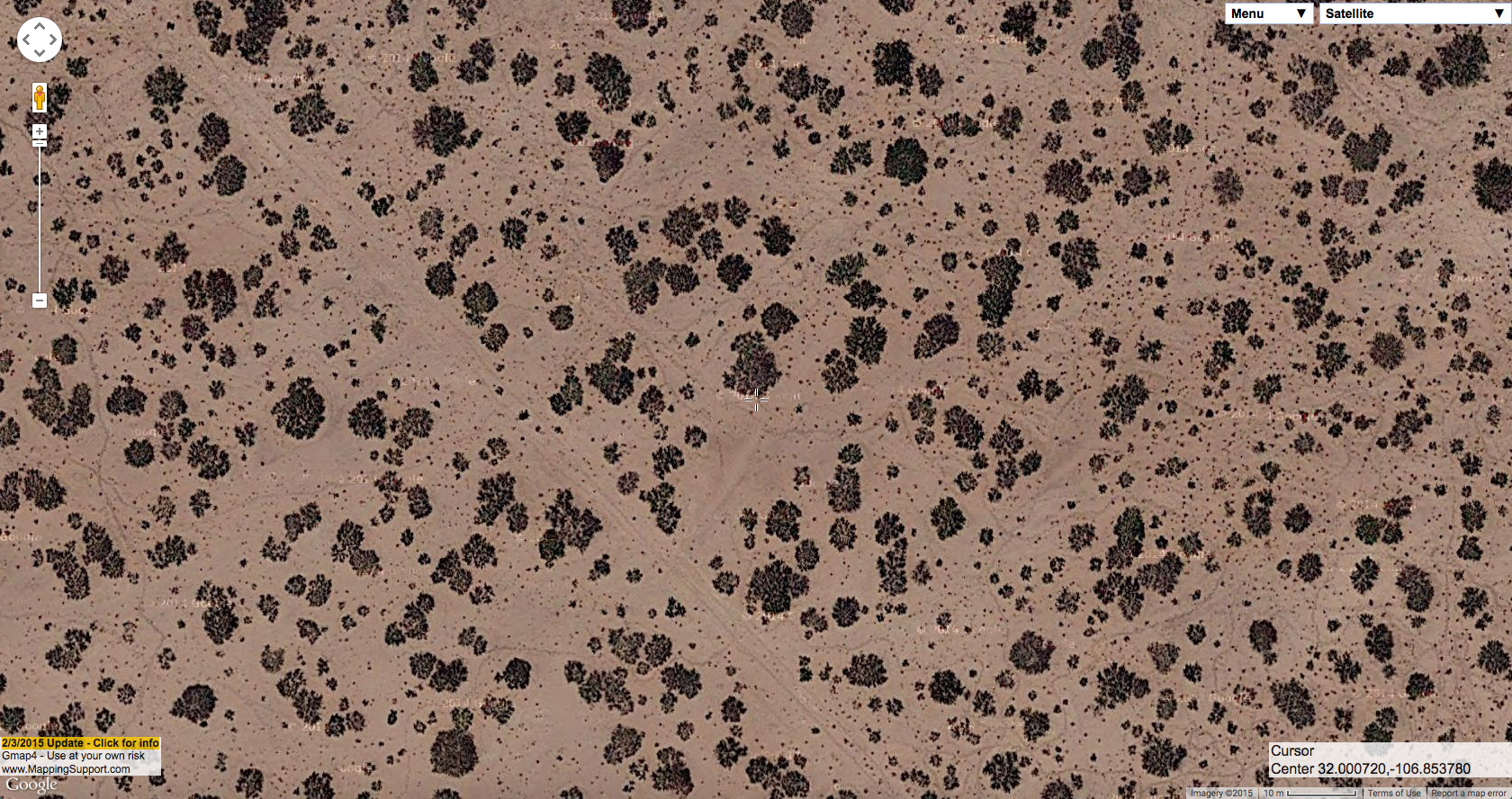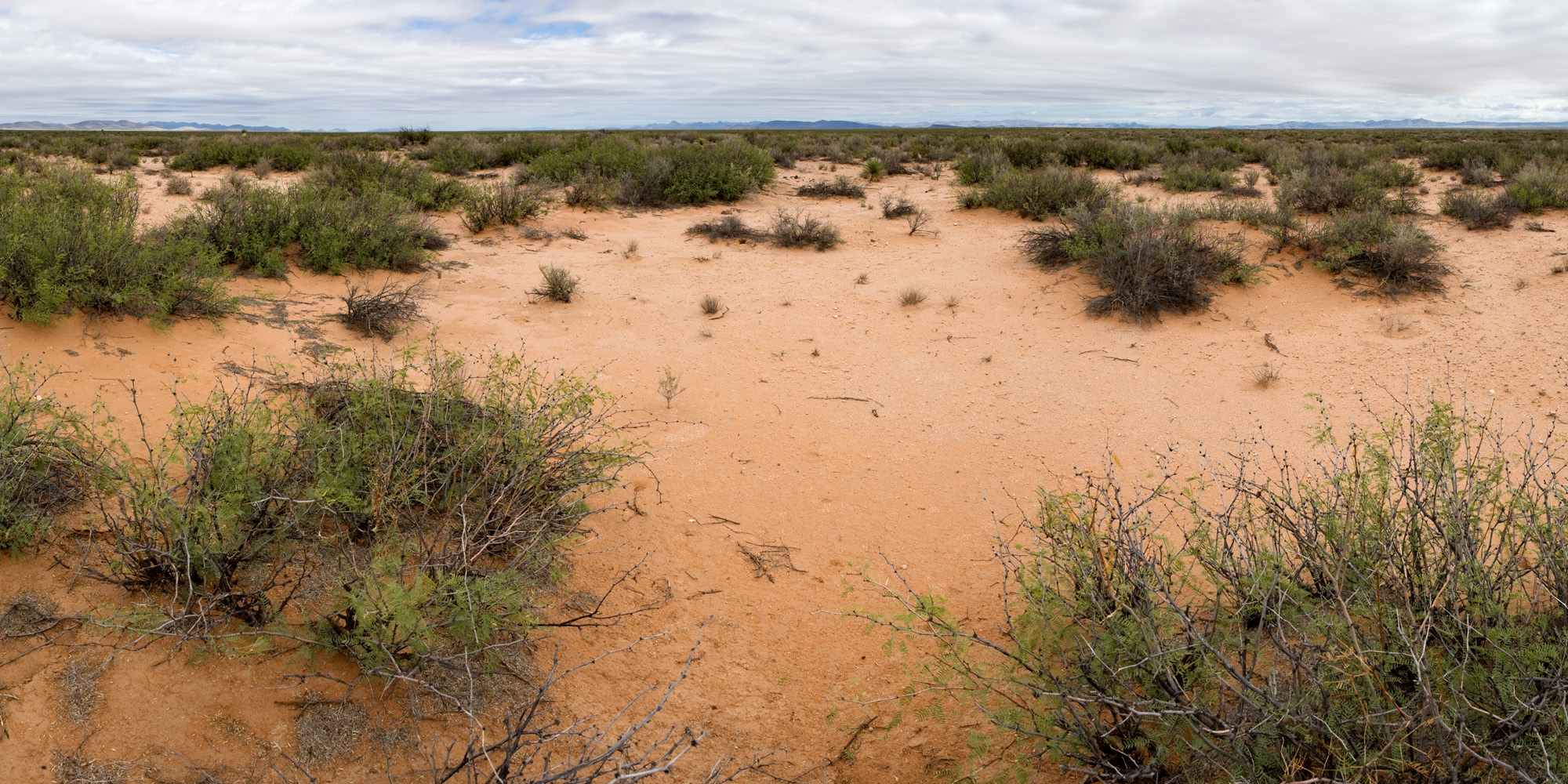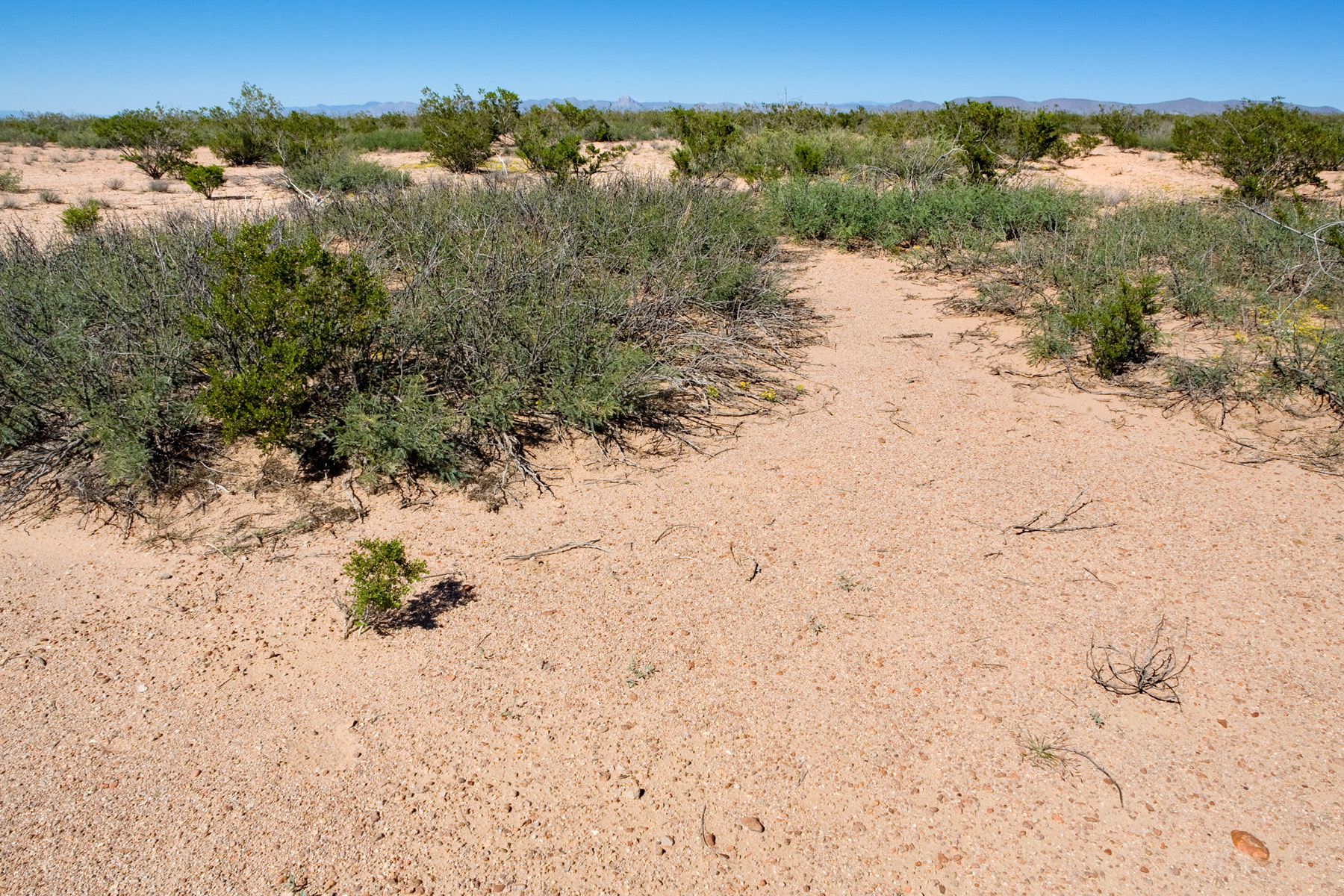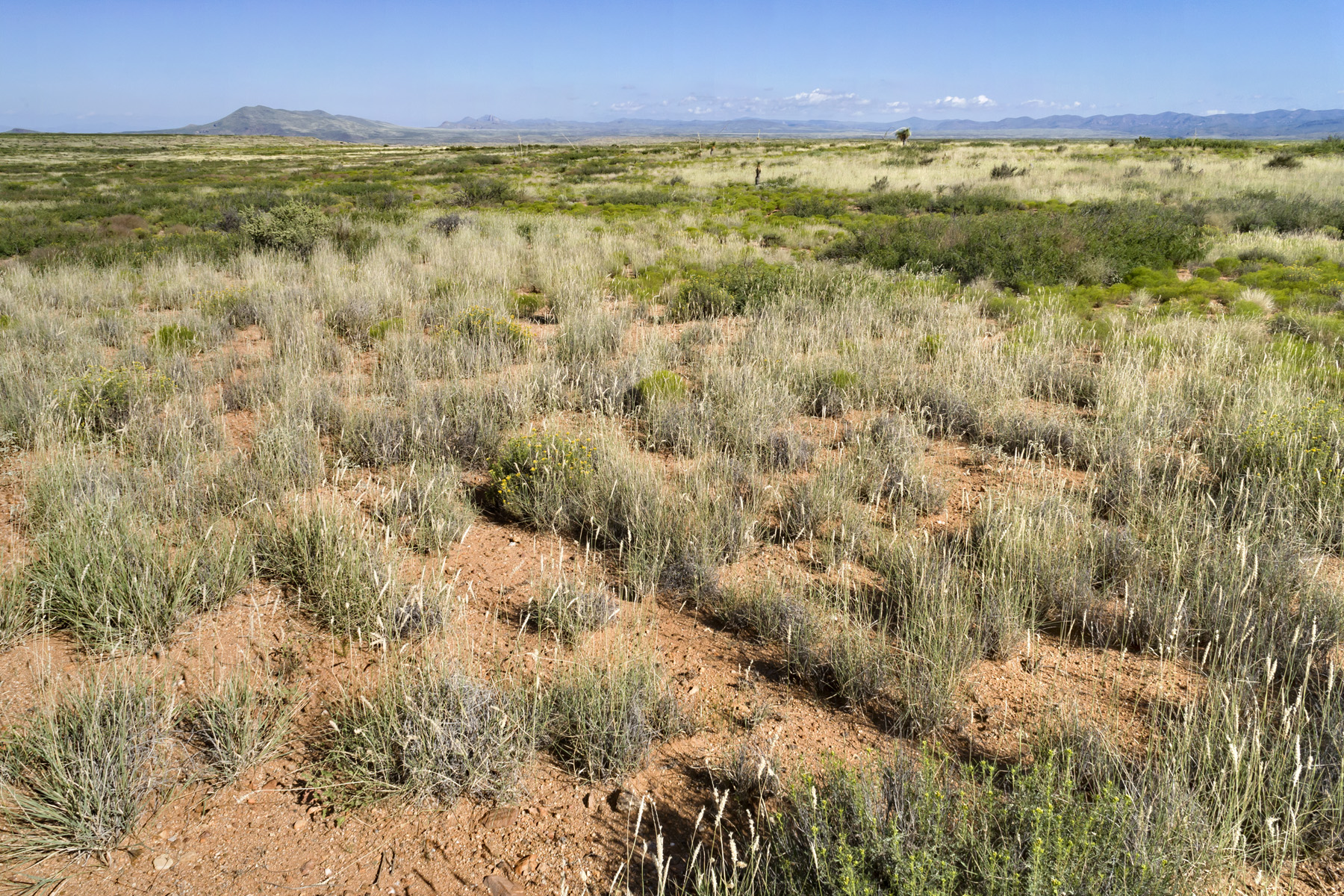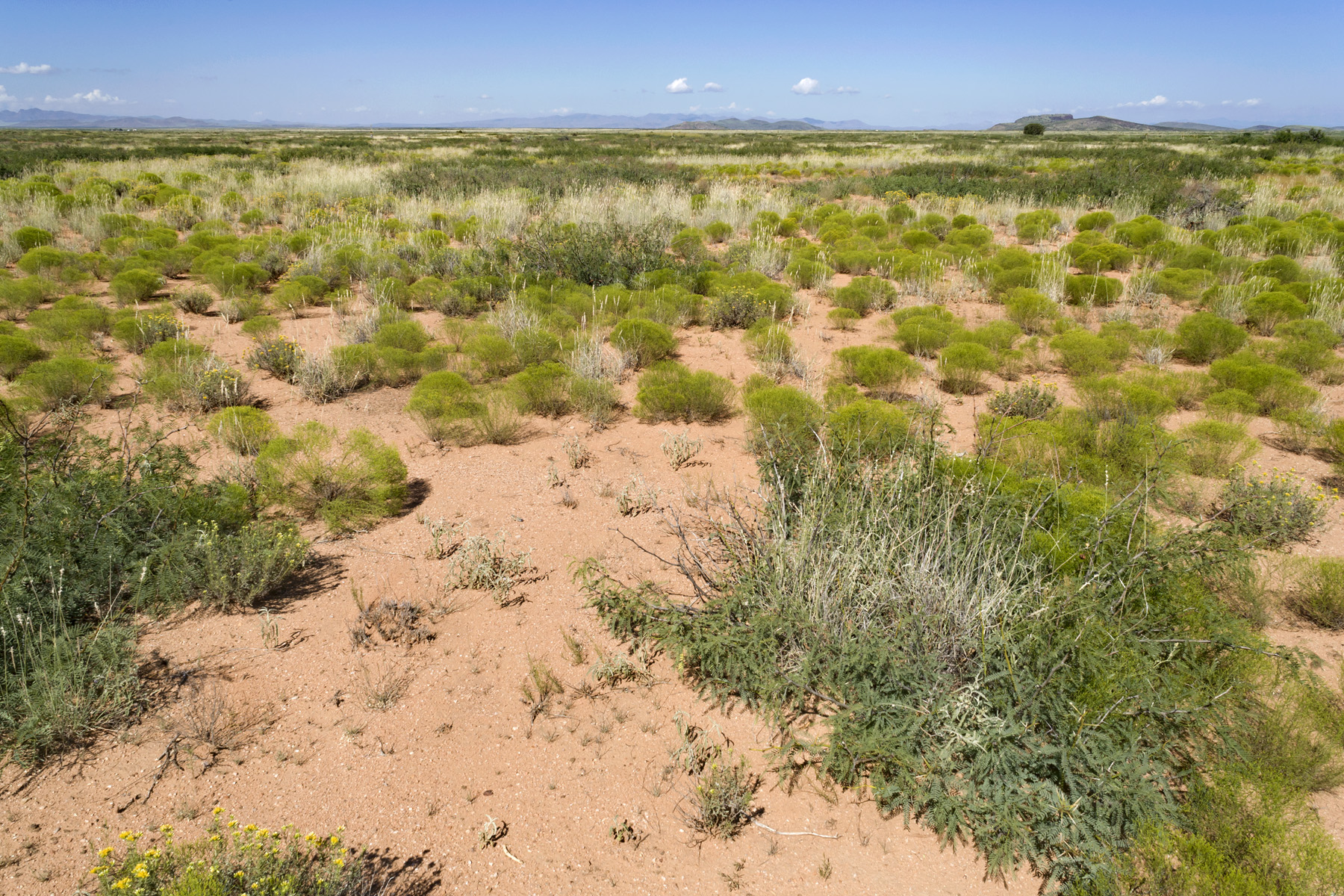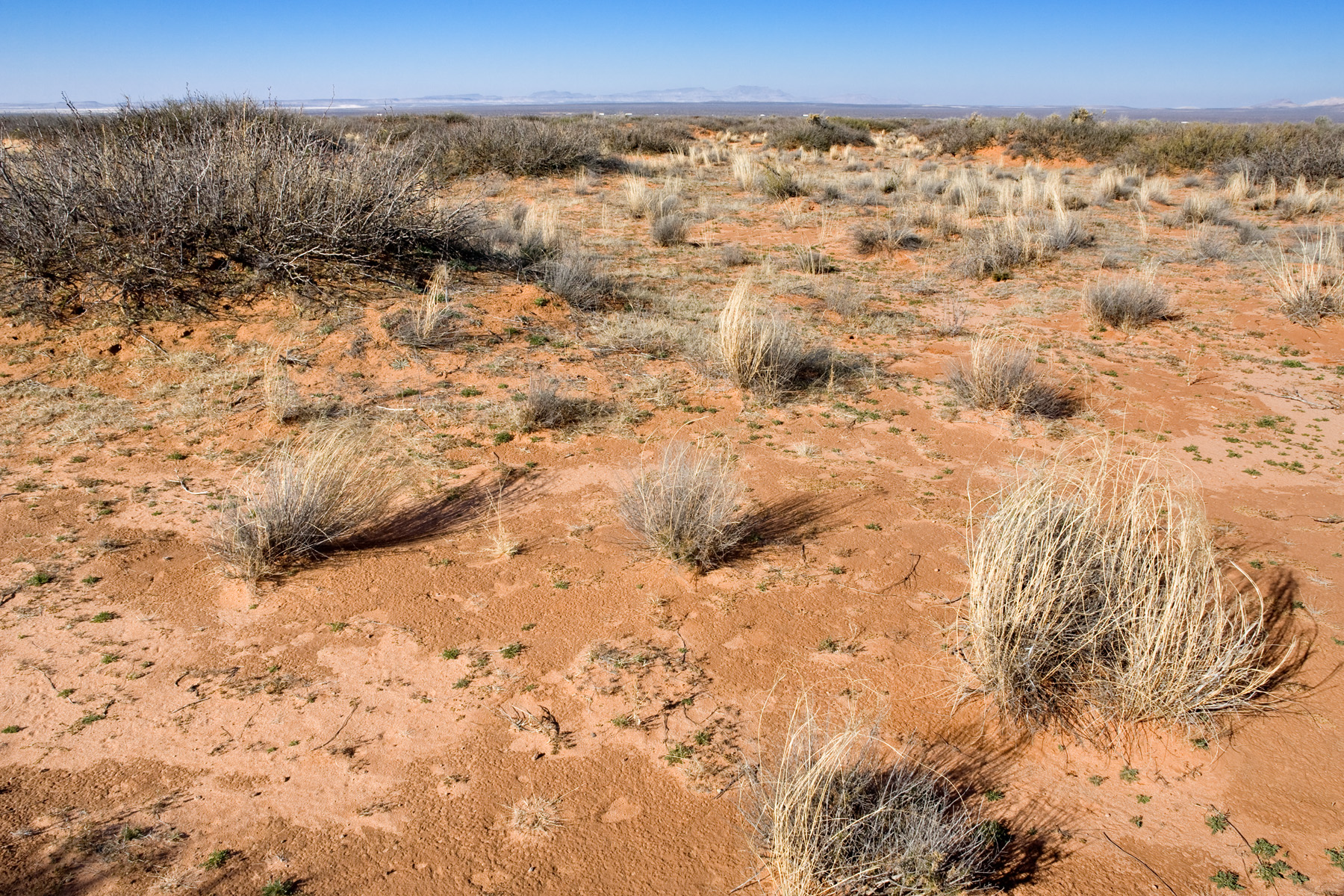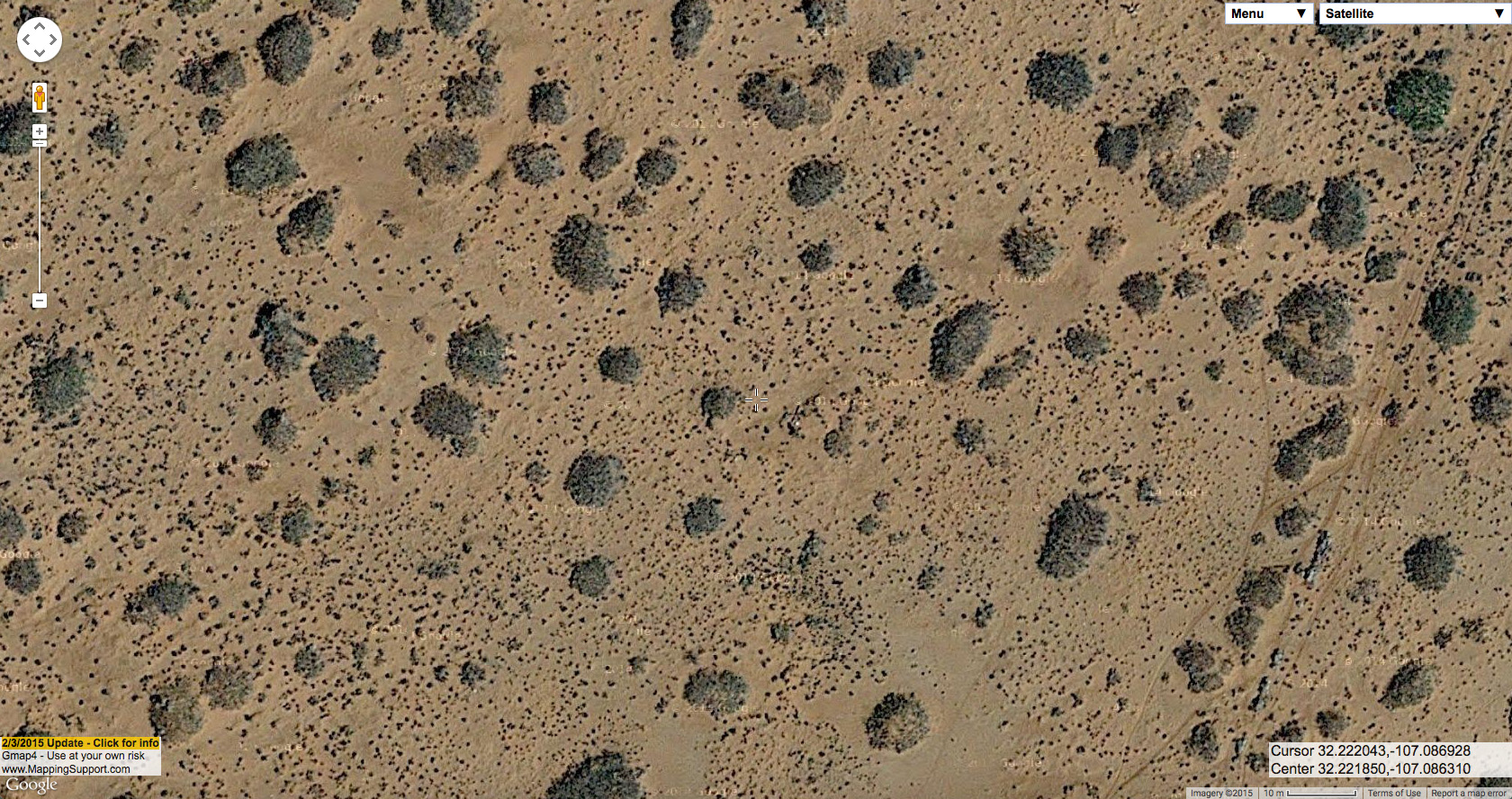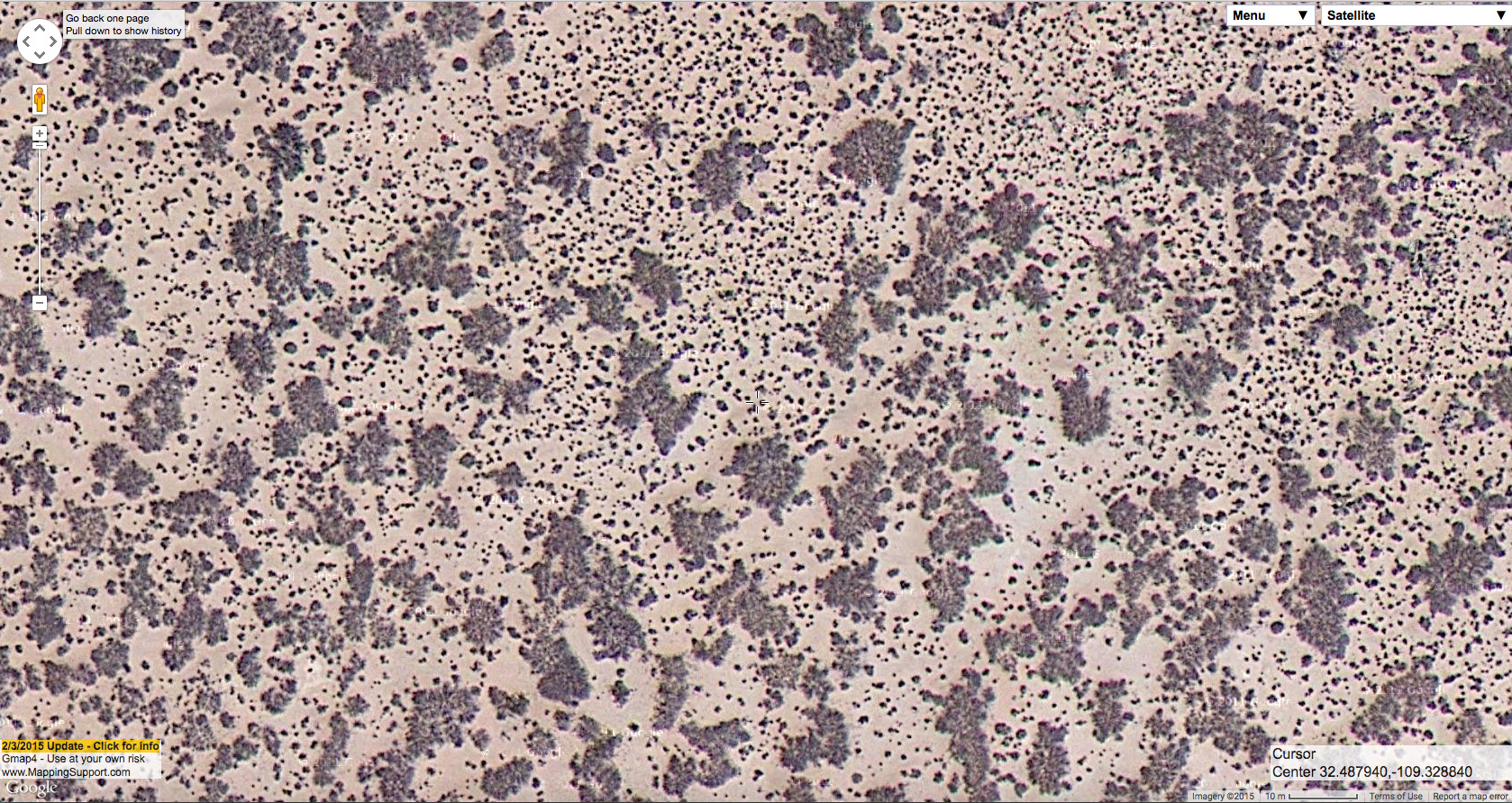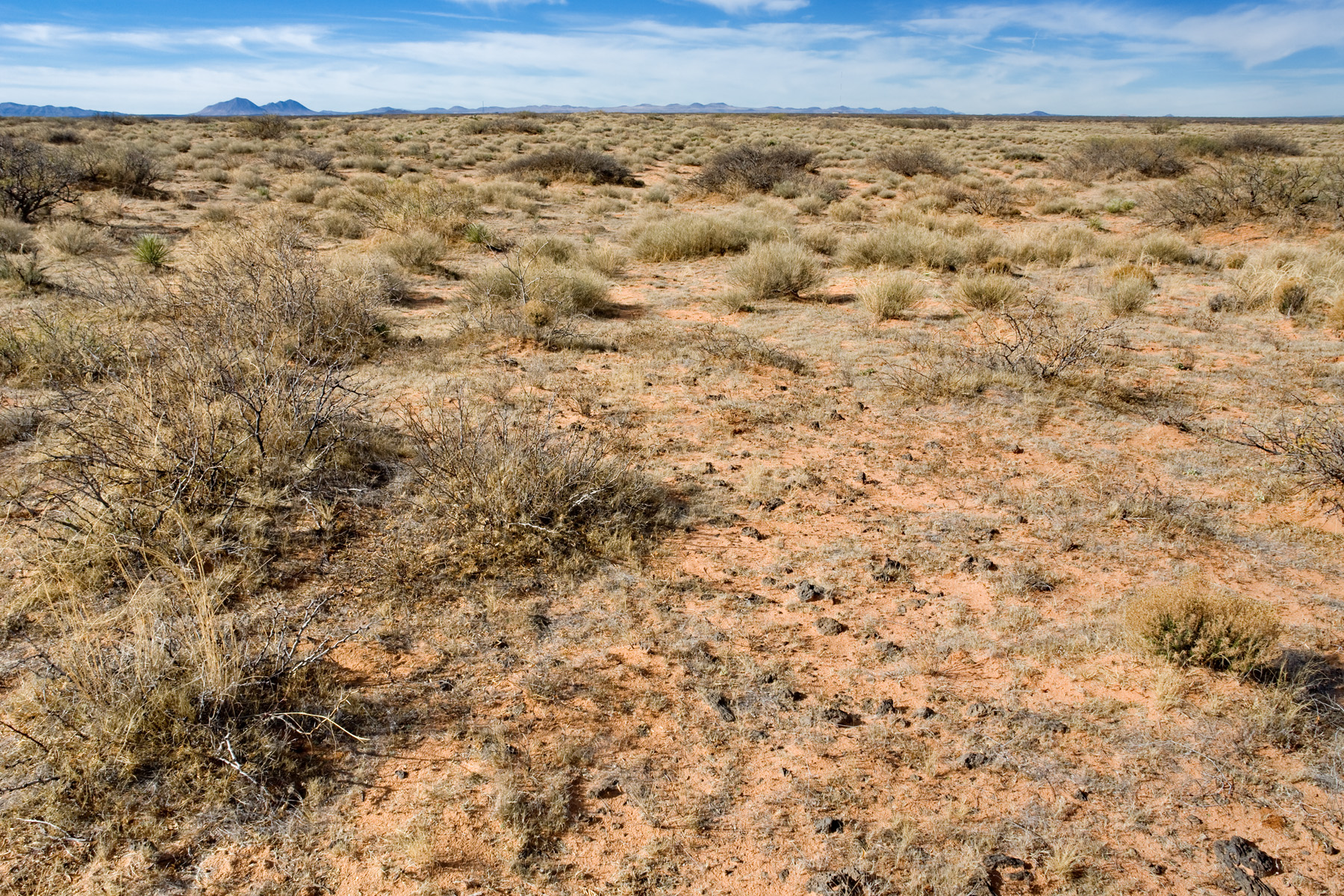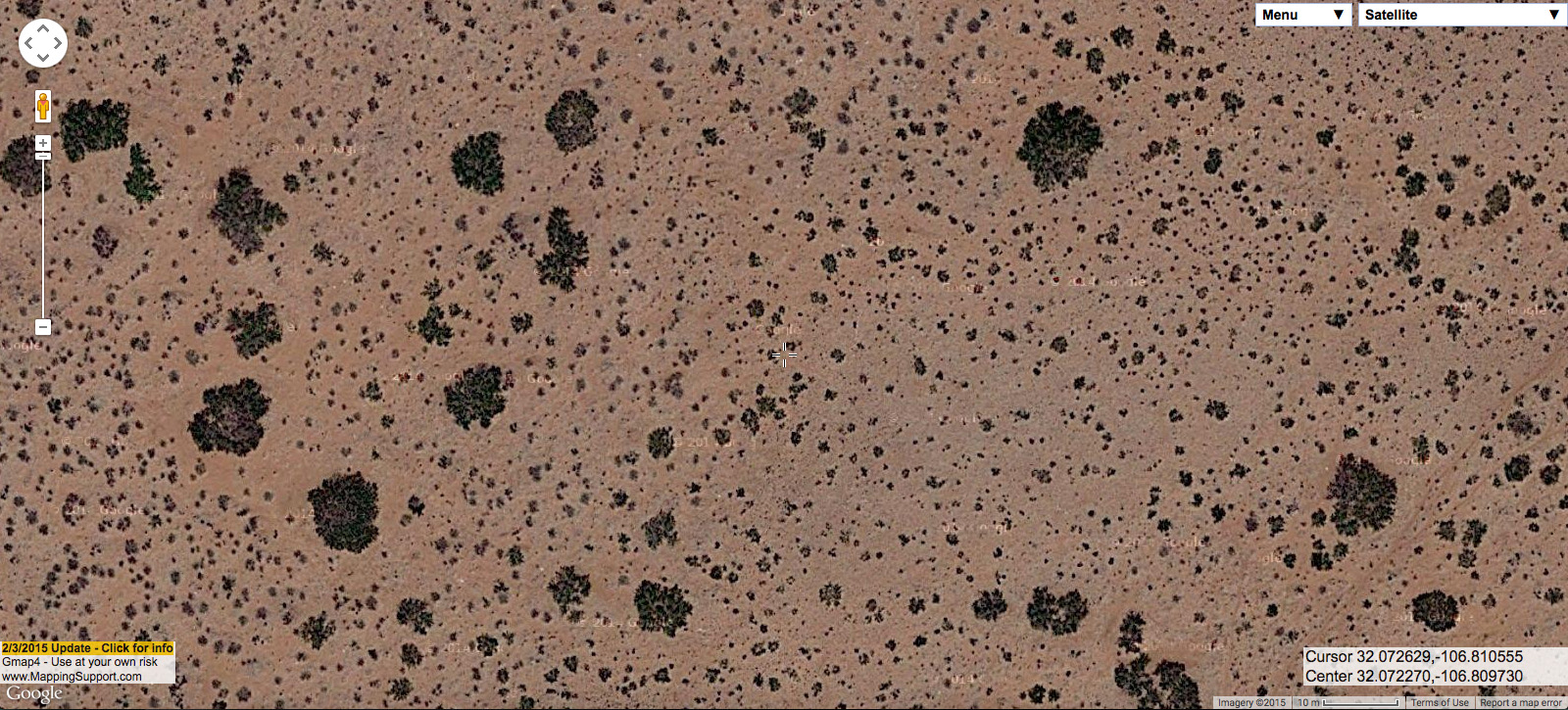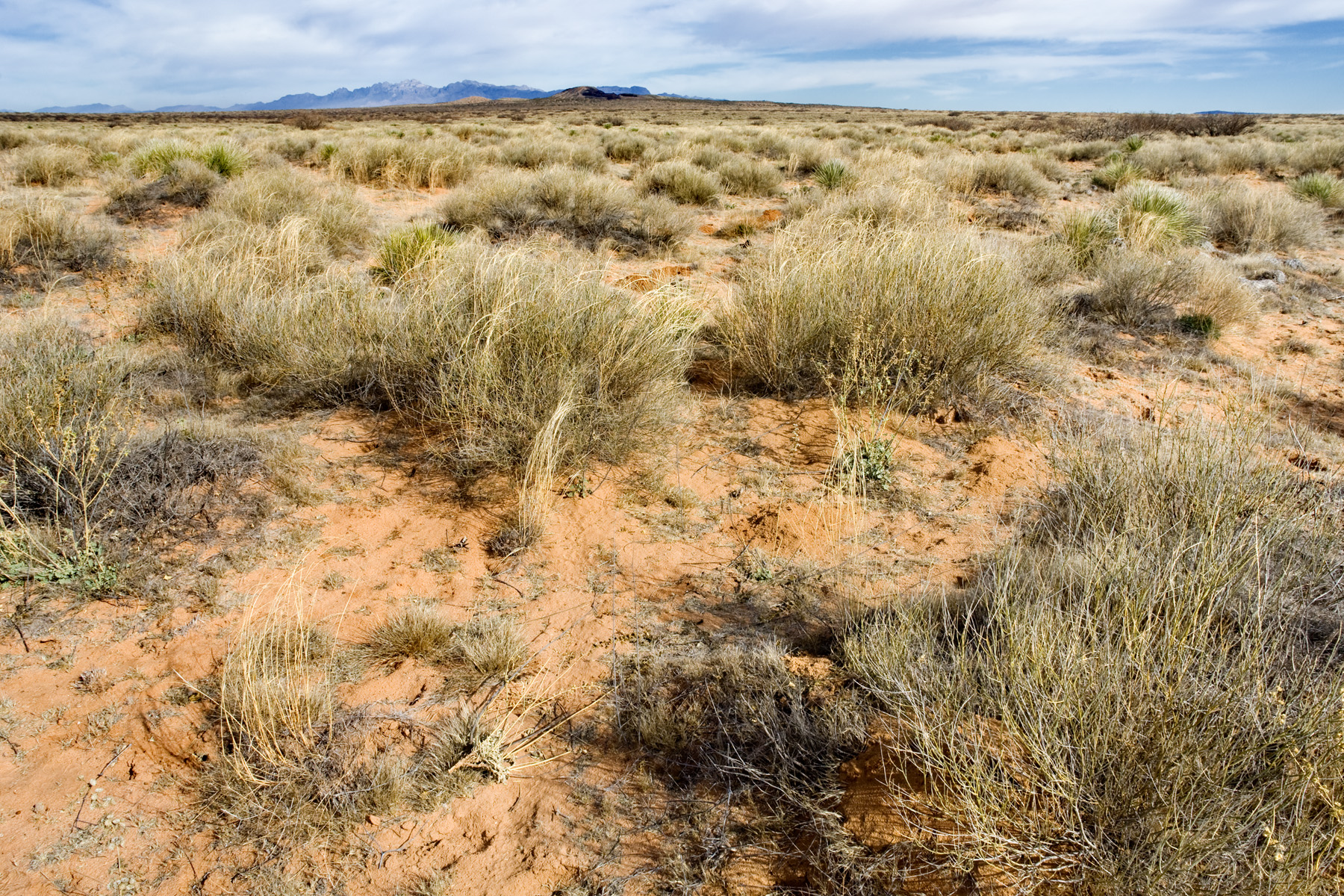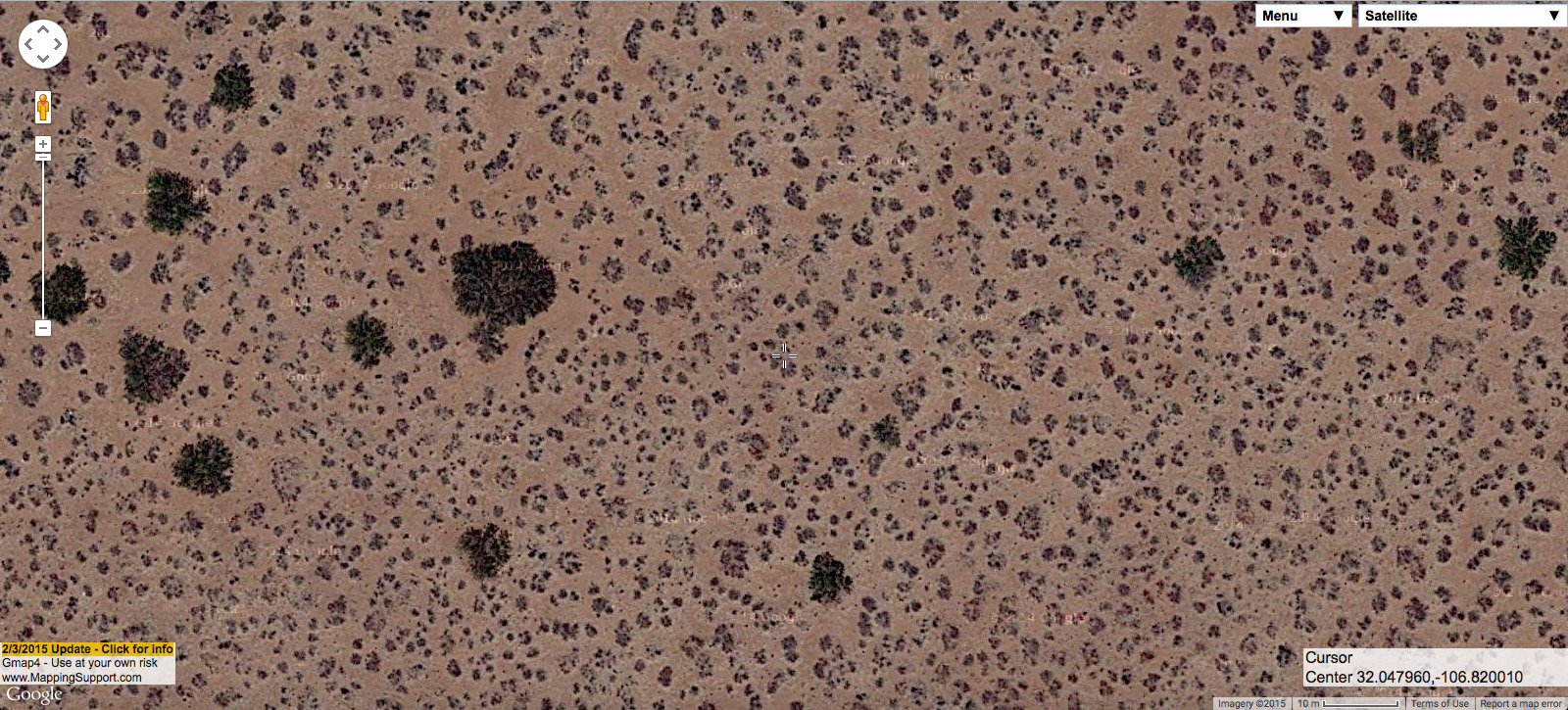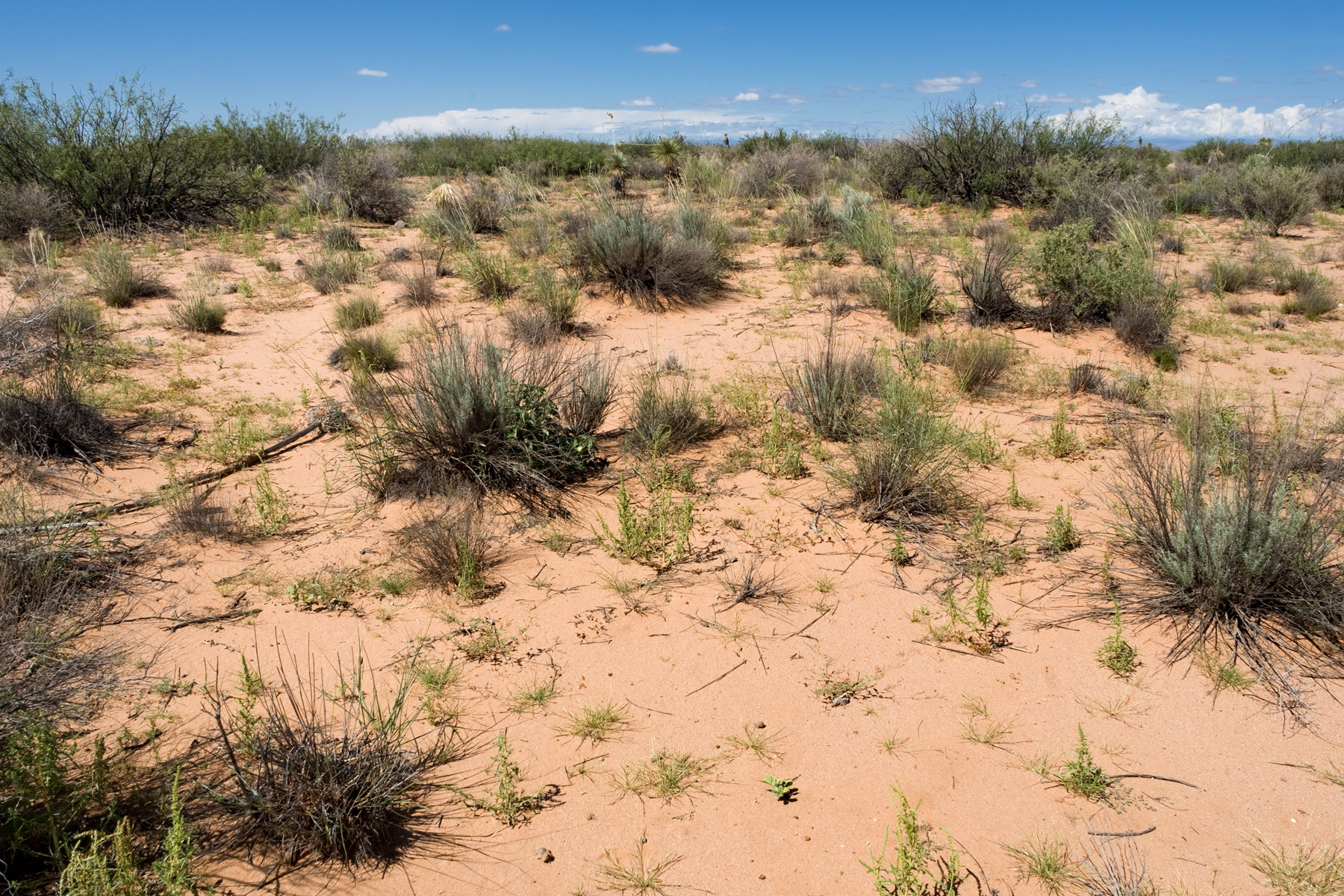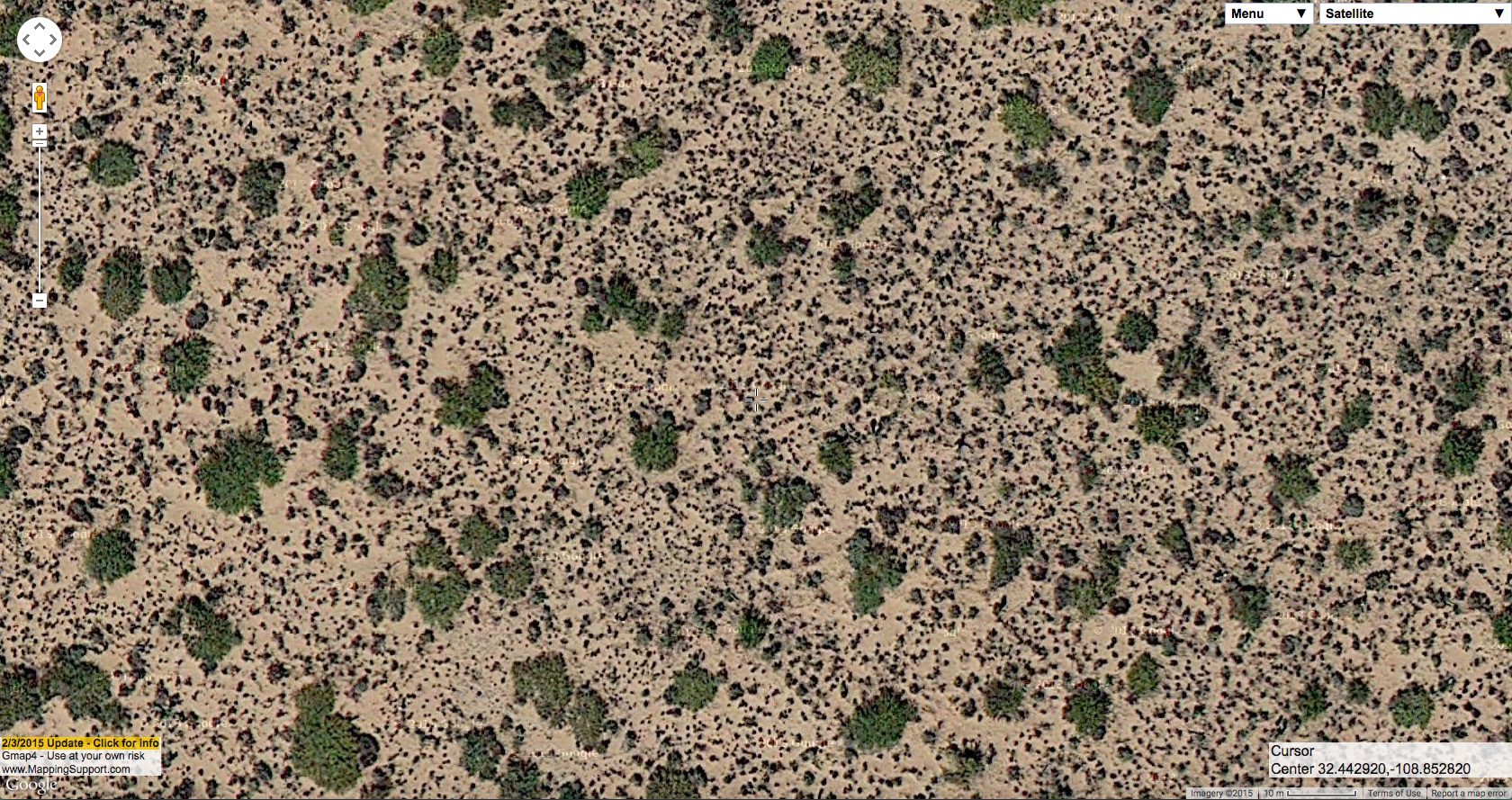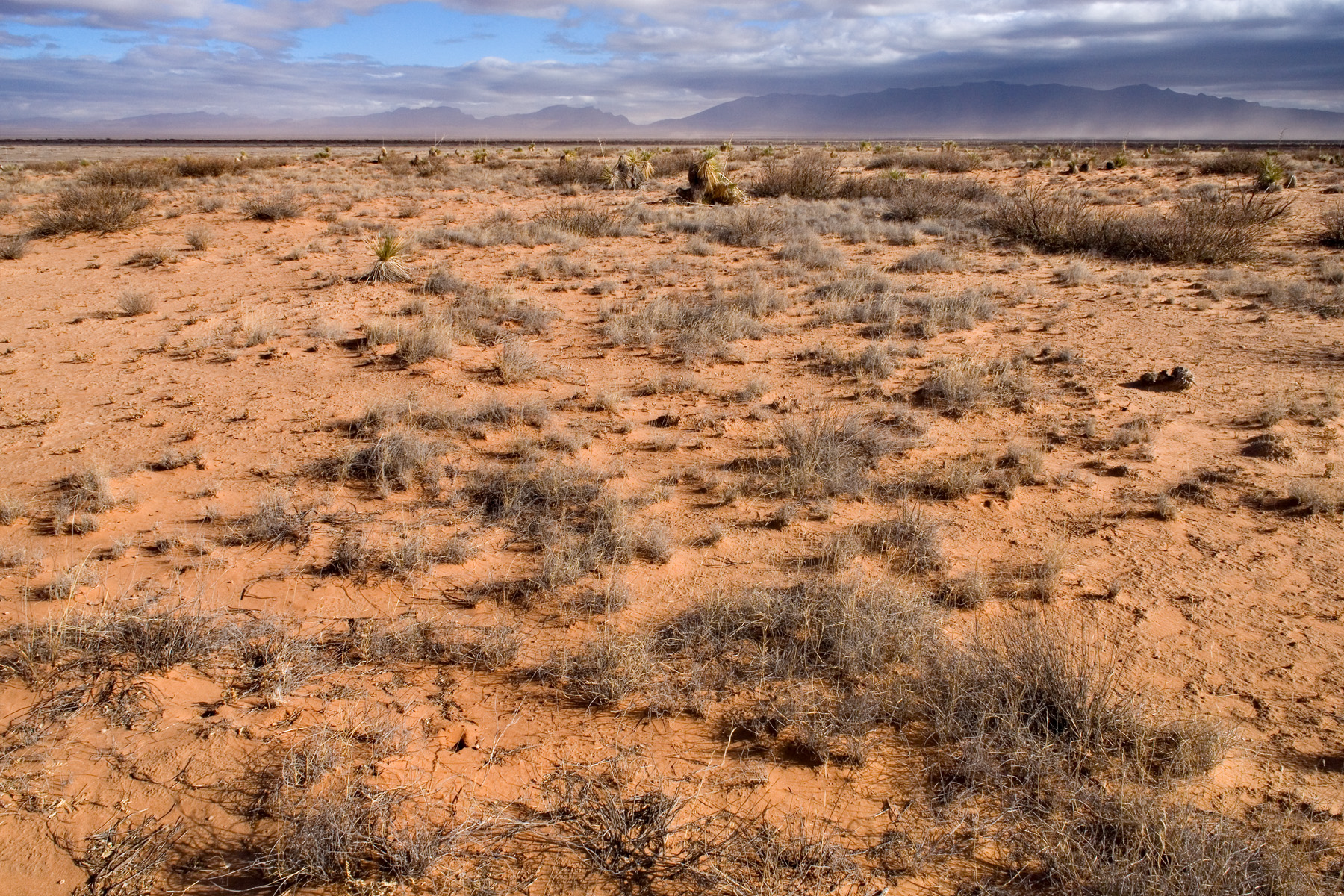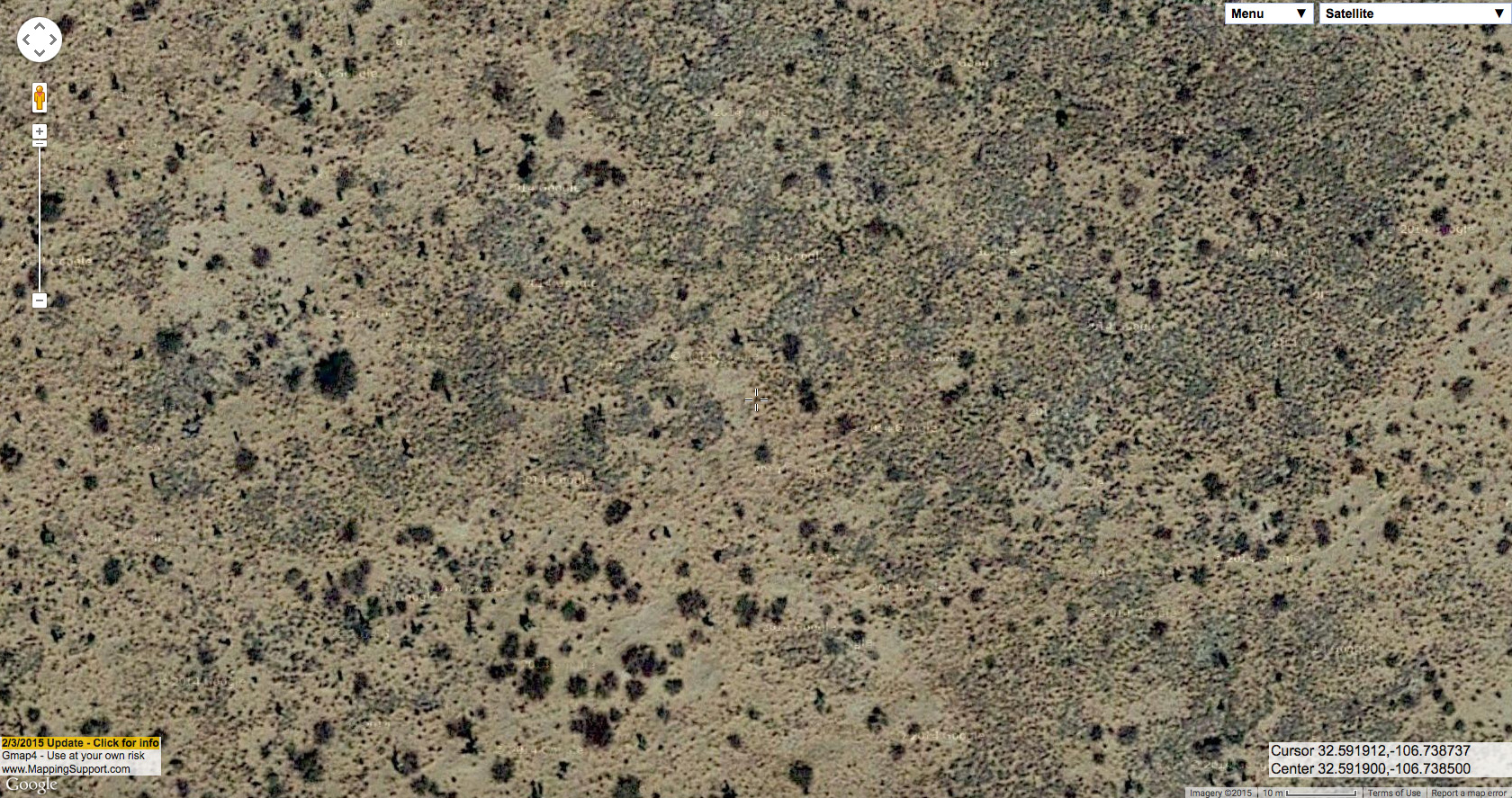Man, did this internship fly by. Even though I was extended twice, I still cannot believe that that in 3 months I would have been living and working in Buffalo, Wyoming for a year. I have grown so much and become so independent. No longer do 4, 5, 6 hours driving trips seem long. I have many new skills to add to my resume. GIS, 4X4, GPS, NRS, are just a few subjects that I have gained invaluable experience in. I will never forget when Justin Chappelle and I’s 4X4 training would be put to the ultimate test. Going beyond the limit and soaring past with flying colors. Some of my favorite memories are with my fellow interns. There is no bigger relief than when you meet your new roommates for the first time, and realize they are AWESOME!!! There are so many rewarding experiences that I have had during this internship. I do not believe that I could fit them all on a blog post. A compact list will just have to do for now. 🙂
Favorite Memories!!!!
1. First night at the Occidental Hotel Saloon on a Thursday night with Heather Bromberg, Sean Casler, and Jill Pastick.
2. First trip to Yellowstone seeing Old Faithful and being trapped in a heard of Bison with Sean Casler and his friend Jeff.
3. First day out in the field when Jill was almost struck by lightning.
4. The day Justin and I saved a baby elk from a barb-wire fence. (Note to new interns: ALWAYS bring a multi-tool with you)
5. UTV training day!!! So fun to drive those things around.
6. Girl’s Grilling Night with the Hot Tub!
7. The ghost in the house opening the basement door (we figured out is wasn’t a ghost, just the house was so old the latch did not always close completely, or was it a ghost….OOOoooooOOoooo!)
8. First camping night for work, when all 4 of us interns slack-lined with Dusty Kavitz, Charlotte Darling, and Don Brewer.
9. Longmire Days street party! (Who knew a small town like Buffalo would have a street party inspired by the books and TV show that in turn was inspired by Buffalo, WY!!! Mind Blown!!!)
10. First trip to the Grand Tetons Park!!
11. Road trips to Casper, Ft. Collins, and Thermopolis.
12. White Water Rafting! (My younger brother was visiting and was able to enjoy this experience with us)
13. My first plot where it was mostly bare ground. (That went by so fast and helped us finish our work day earlier than expected!! I know, that is selfish, and bare ground is actually bad for an allotment, but when you have 65 to do in a few months, you are willing to sacrifice one.)
14. Coffee stops at the Mavericks Gas station before heading out to the field.
15. Putting water in a gas generator. (First of all, this was an accident. Second, the water container was beside a gas container and the water smelled like fuel. It was my fault, but not completely, even the others thought it was fuel as well. Long story short, things were fine, Dusty Kavitz fixed it.)
16. 4th of July in Teton Villiage, where I had Thai food for the first time at the Teton Thai Tent. Yummmm!!!
17. The first day that I slept on a real mattress I had ordered off of Amazon. I spent the first few weeks sleeping on the floor on a thin sleeping mat. Best $100 I ever spent.
18. Intern Dinner night. All 4 of us interns, plus 1 seasonal had dinner together.
19. The First time I identified an unknown plant. I had seen this plant at almost every site, no one knew what it was, no one in the office knew what it was. After 2 weeks of searching the databases, books, dichotomous keys, I discovered what plant. Rough False Penneyroyal!! Hedeoma hispida! This certain plant was challenging. When I began trying to identify, the flowering time had already passed, most specimens were not complete, and were brown. This moment is for sure one of my top “Ah-Ha” moments.
20. Many more of our trips. Visiting Devil’s Tower (SO COOL!), going to Sturgis (Really wanted a vest there, but it was $120!!! Too rich for this intern’s blood.), and hiking at Circle Park.
21. First time skiing with Heather Bromberg. 🙂
There are so many great memories that I will have forever from my time in Wyoming. The people were so nice, the office so welcoming, and outdoor activities only limited by our own minds and imaginations. There is a certain energy in the hundreds of miles of open air in Wyoming. The Wild West surely earns its name. Was my time perfect here? No, but close. 100 degree work days, 3 girls sharing 1 bathroom, missing my family and dogs back home, no house with AC in the summer, tensions between interns, the 2 months before we were actually able to hang out with coworkers around our own age, and the long road trips taking a brutal toll on my 15 year old Honda ( I spent at least $2,000 on repairs, and two major oil leaks later, finally traded the poor thing in). I wouldn’t trade any of these experiences, well, maybe the car one. RIP Honda!
This life, this experience out here, has challenged me, molded me, carved me from the stubborn stone of my old life and transformed me into a stronger, more confident, and more understanding person. There is no monetary value to be had for such a gift. This internship, above the work experience, above the new lands to be charted, above everything, it is utmost, a gift. One to be cherished, savored, and appreciated.
I had no expectations going into this internship. I knew nothing of what I should expect from the people or places I would go. But somehow, this small, old, dusty town of 4,500 people has left a forever stamp on my heart. I am forever indebted to the CBG and CLM program and the staff of the Buffalo Field Office. I am so appreciative for the transformations this opportunity has made to my resume, and the transformations to my character. Thank you.



































